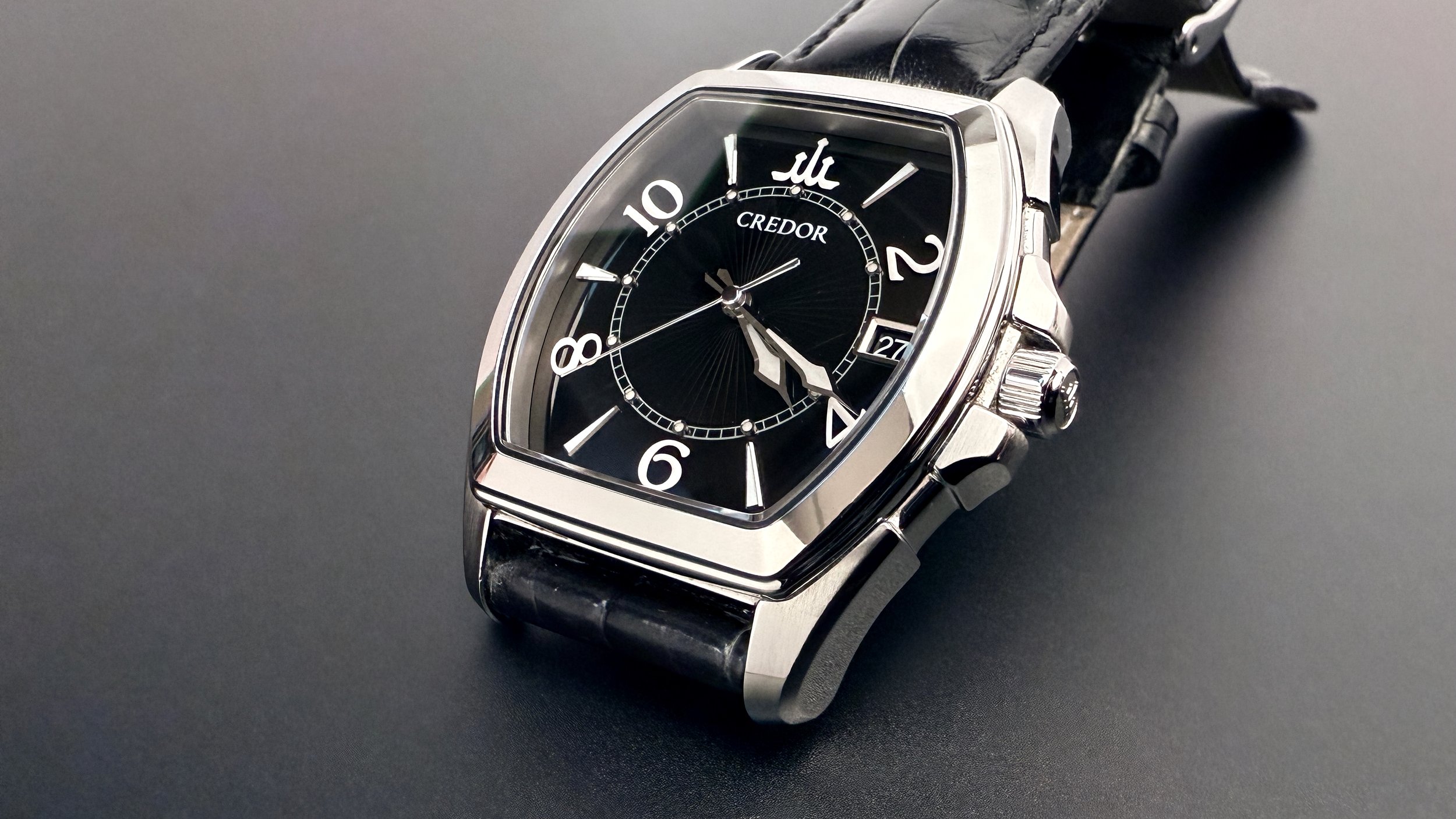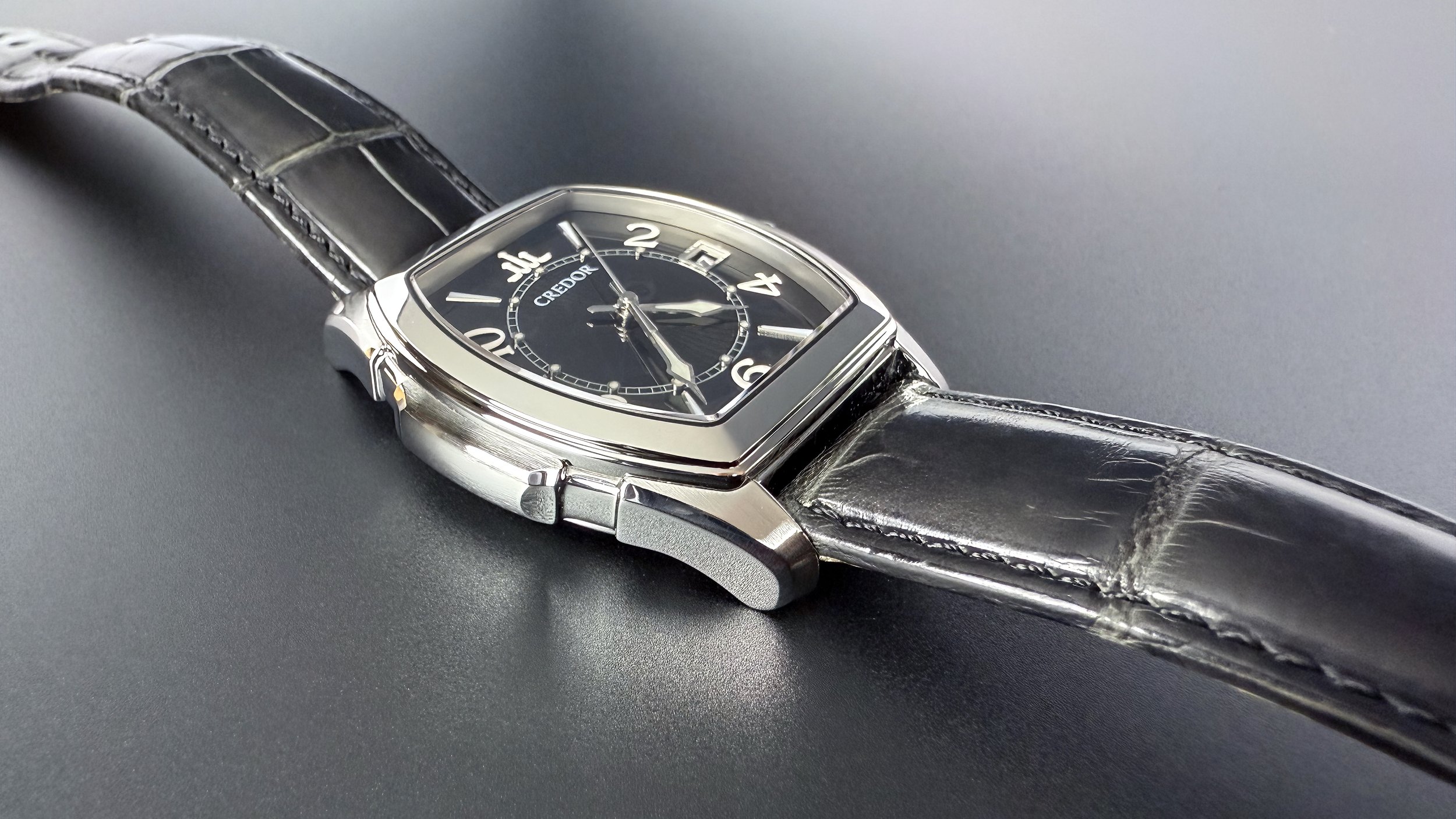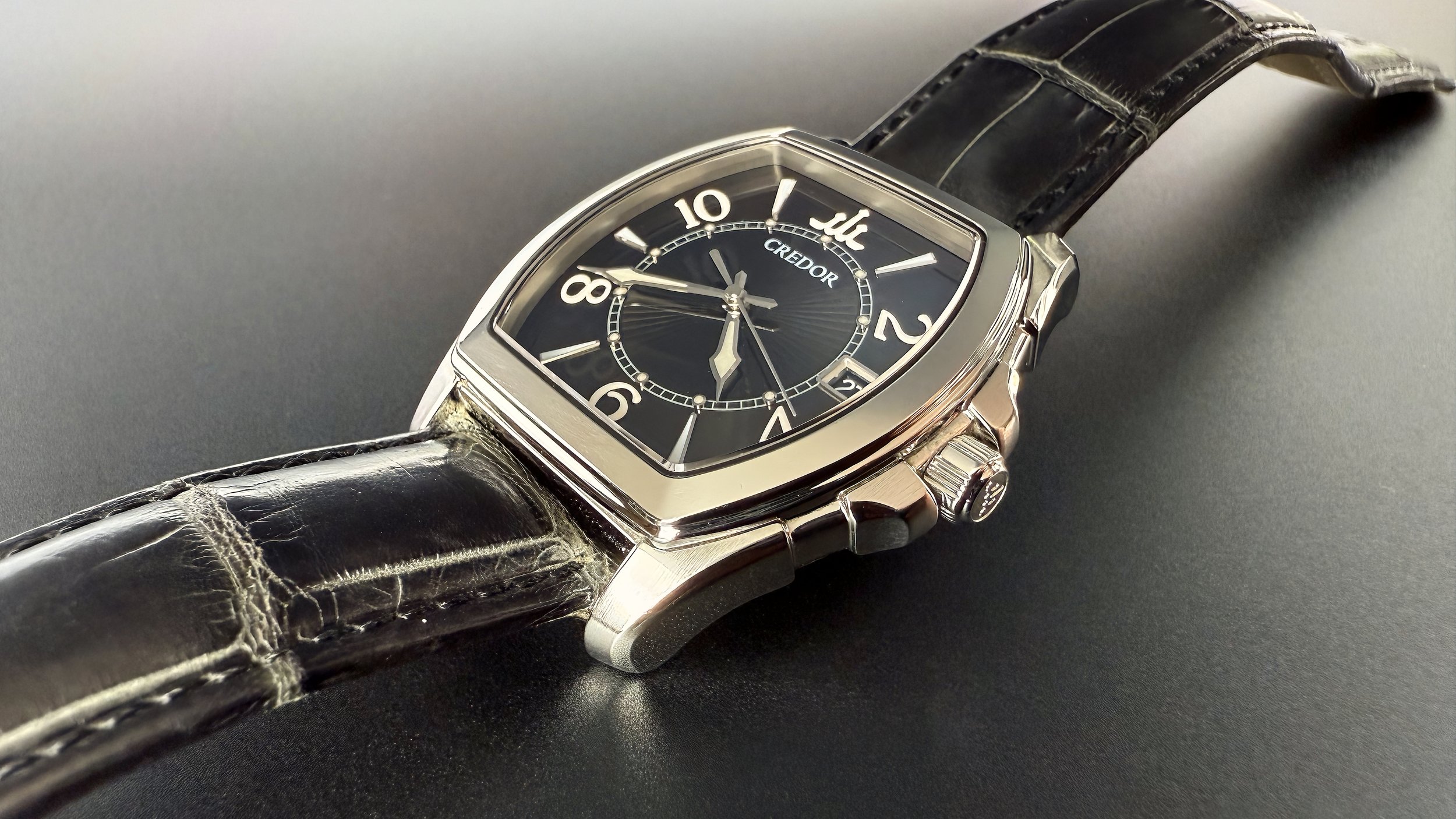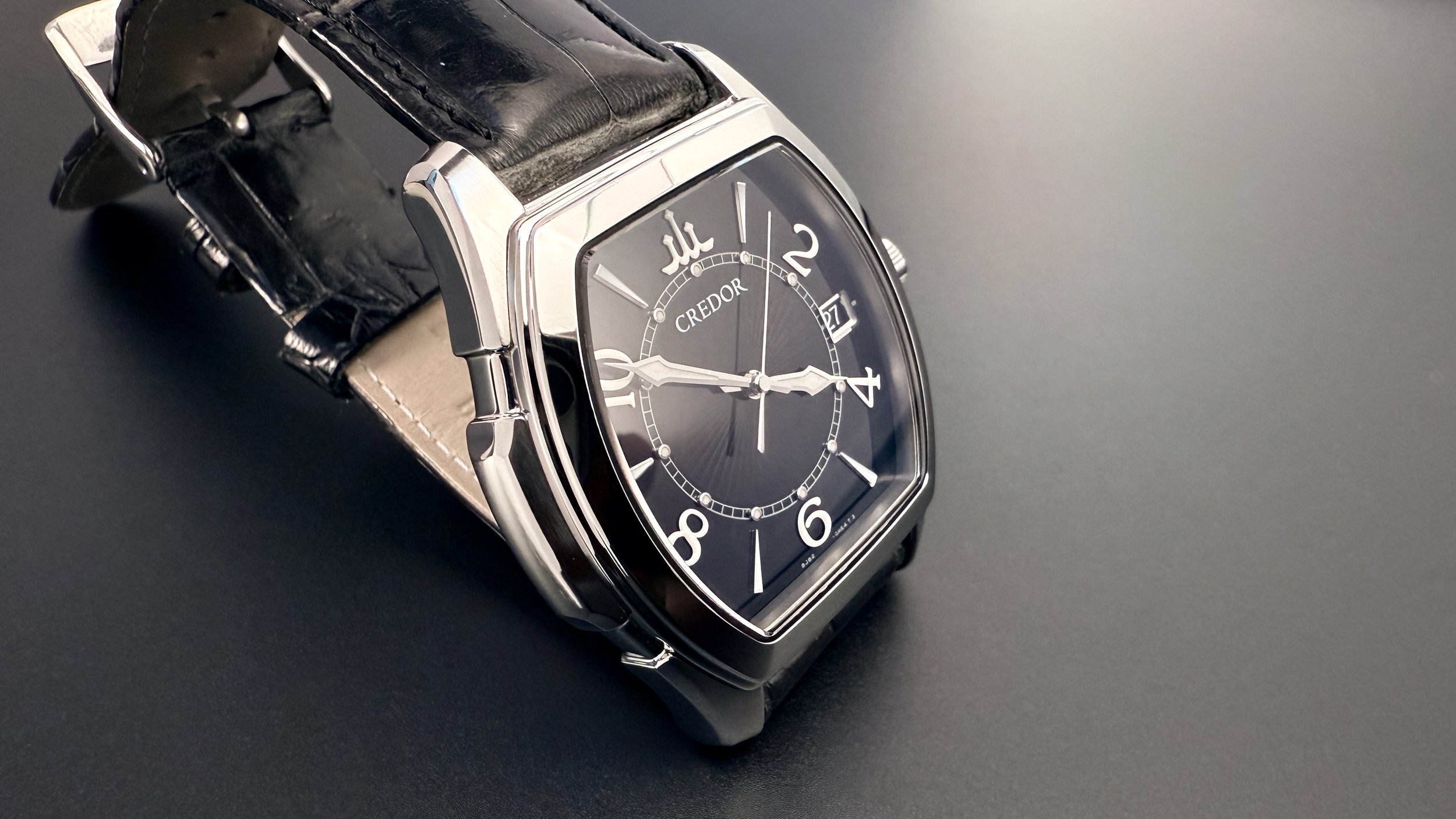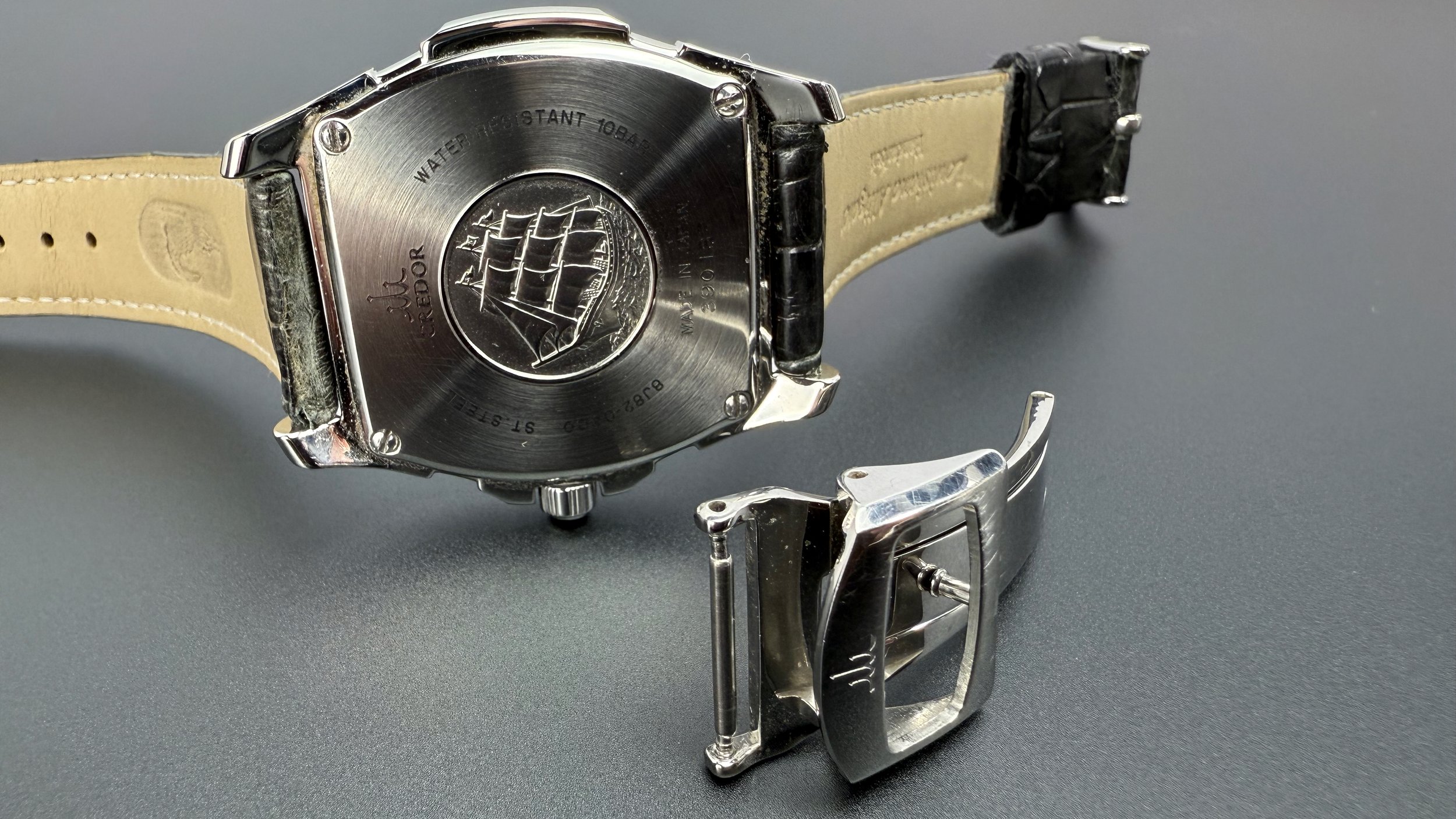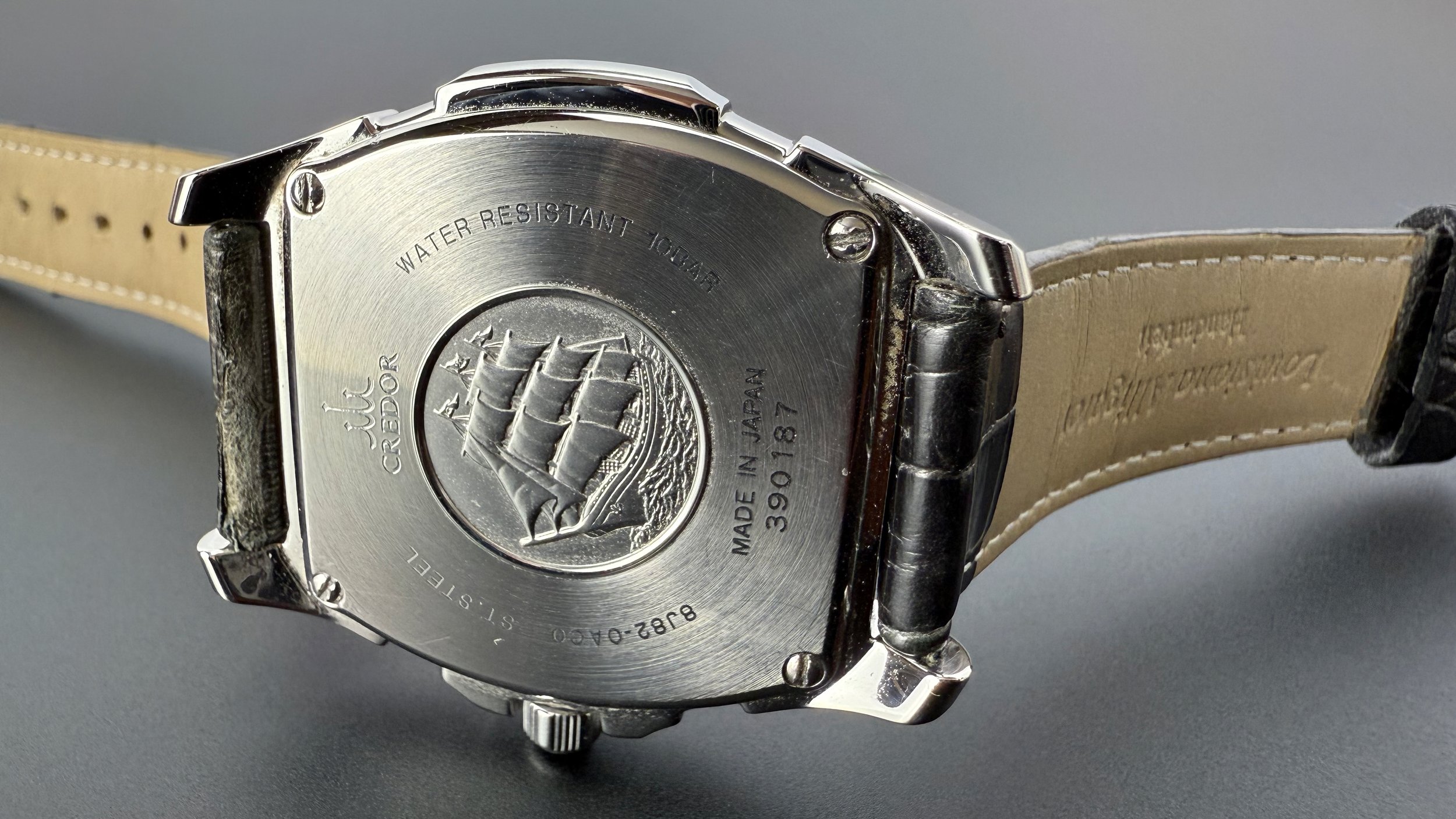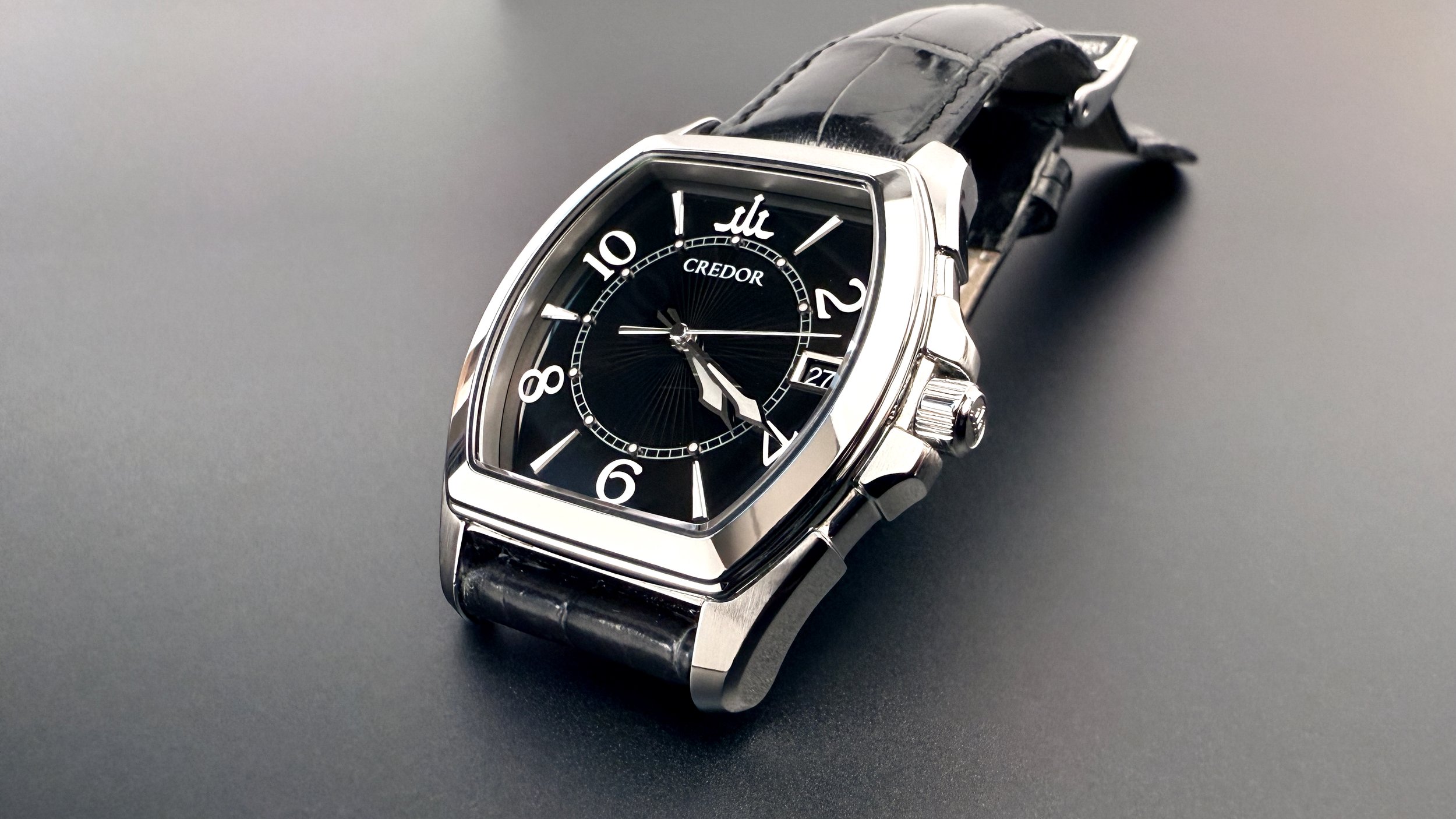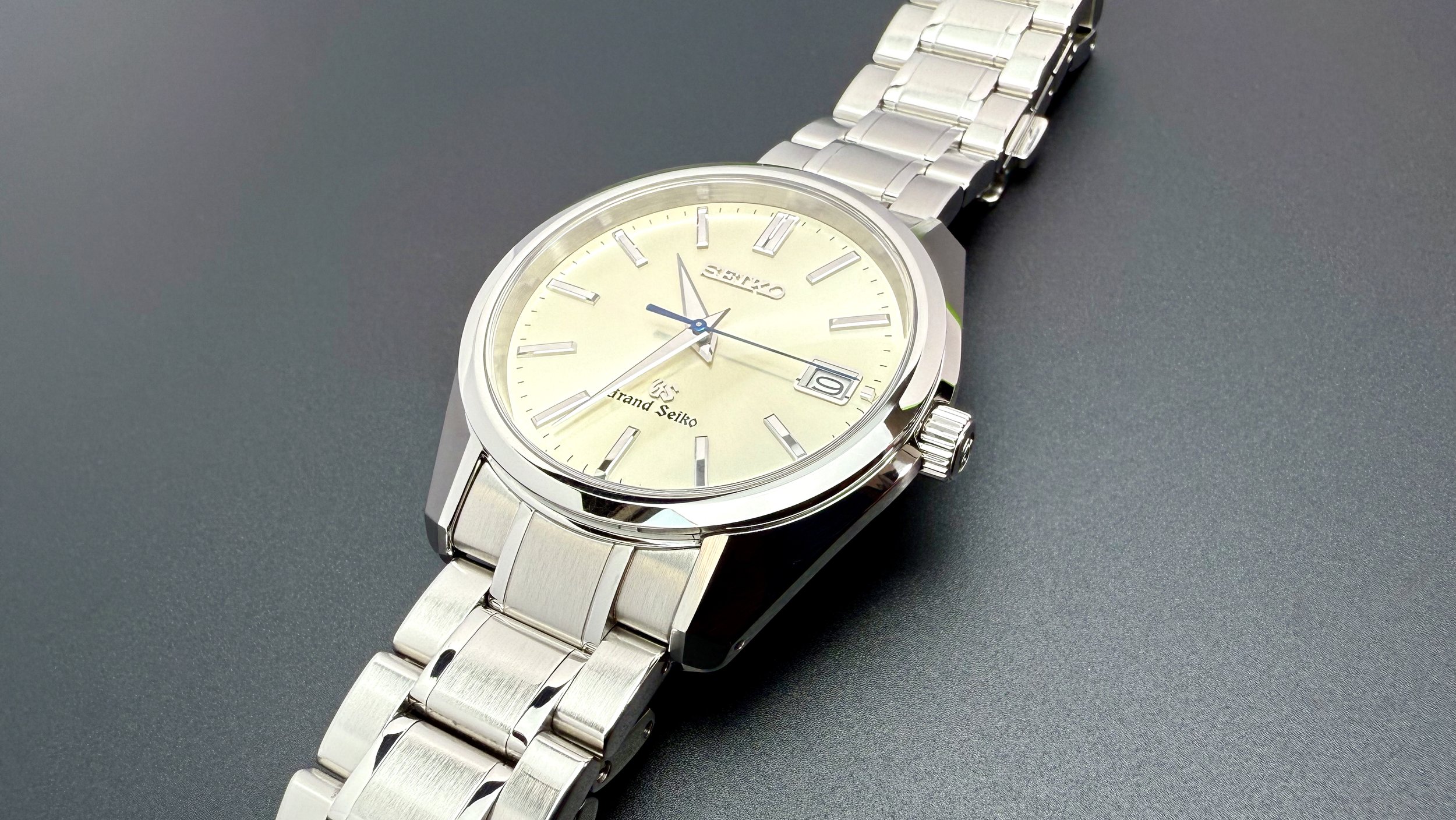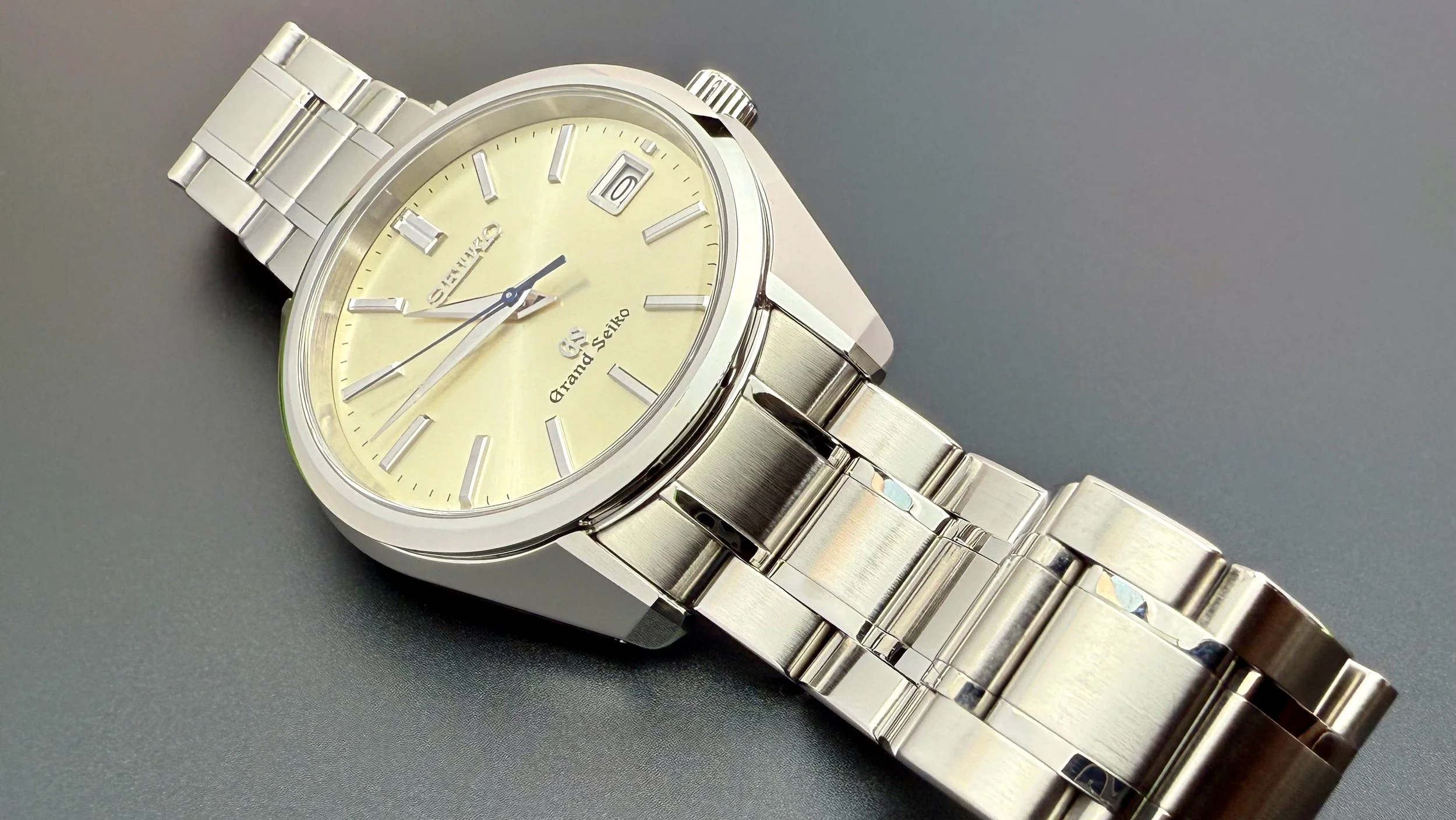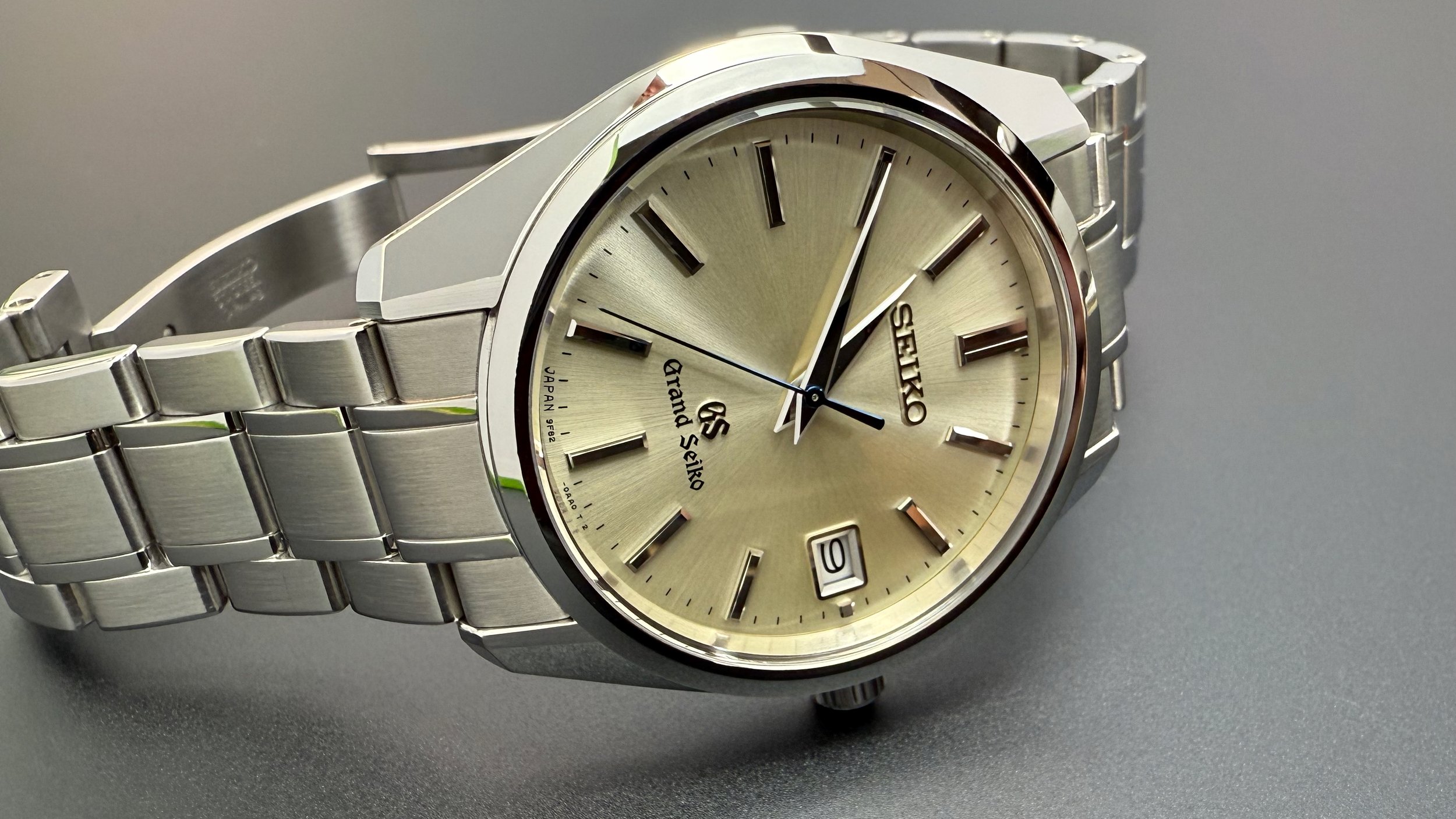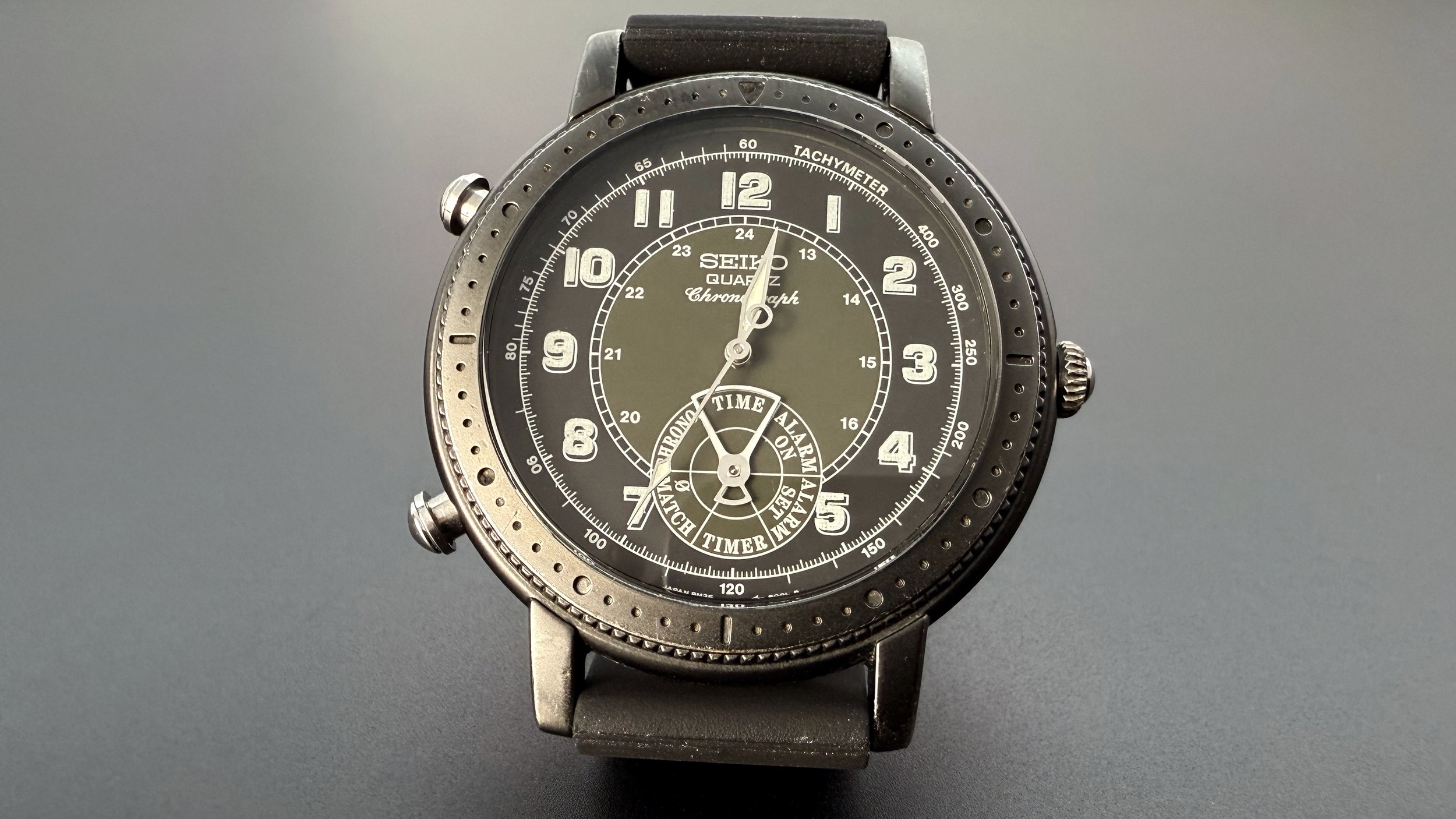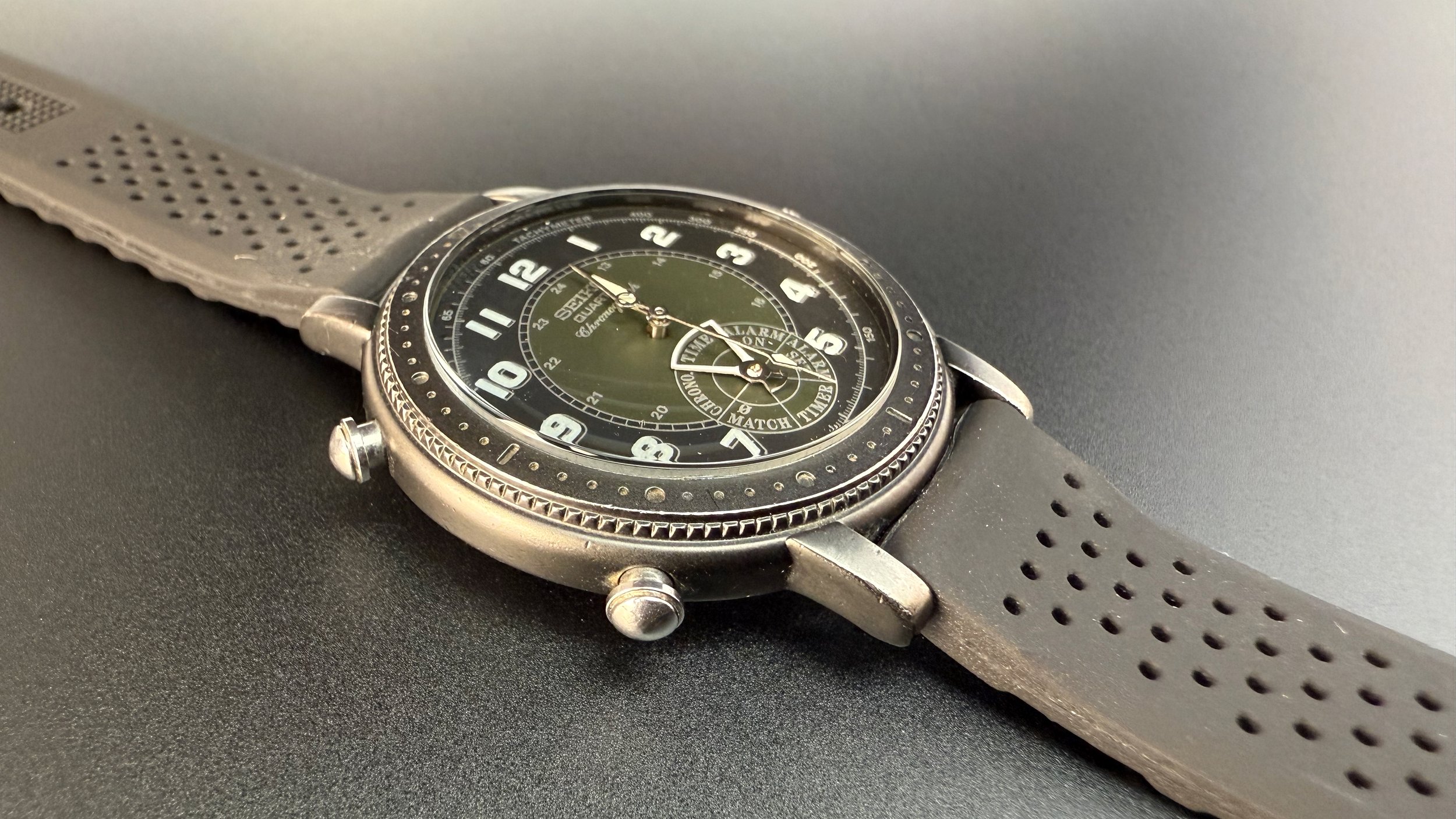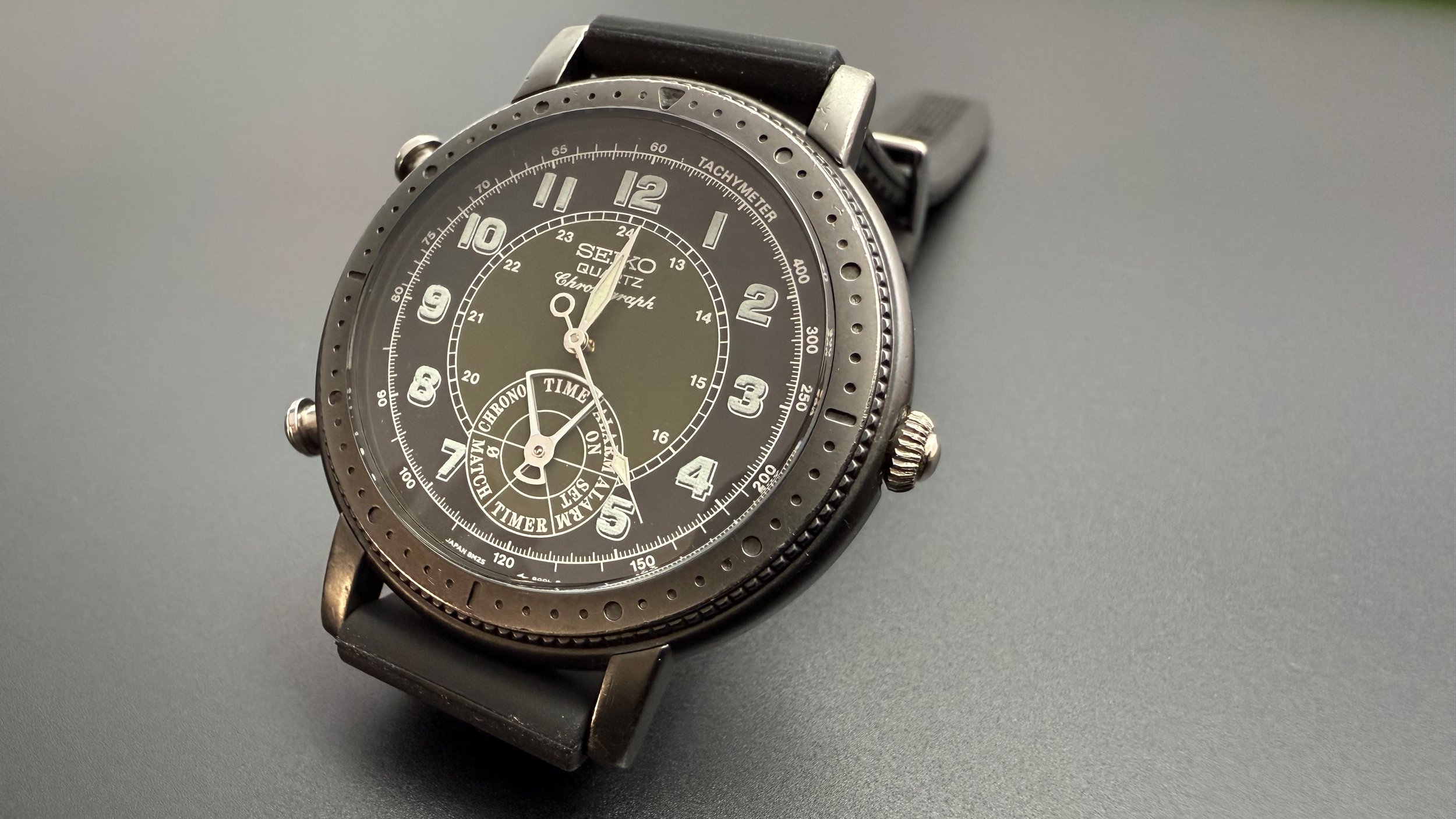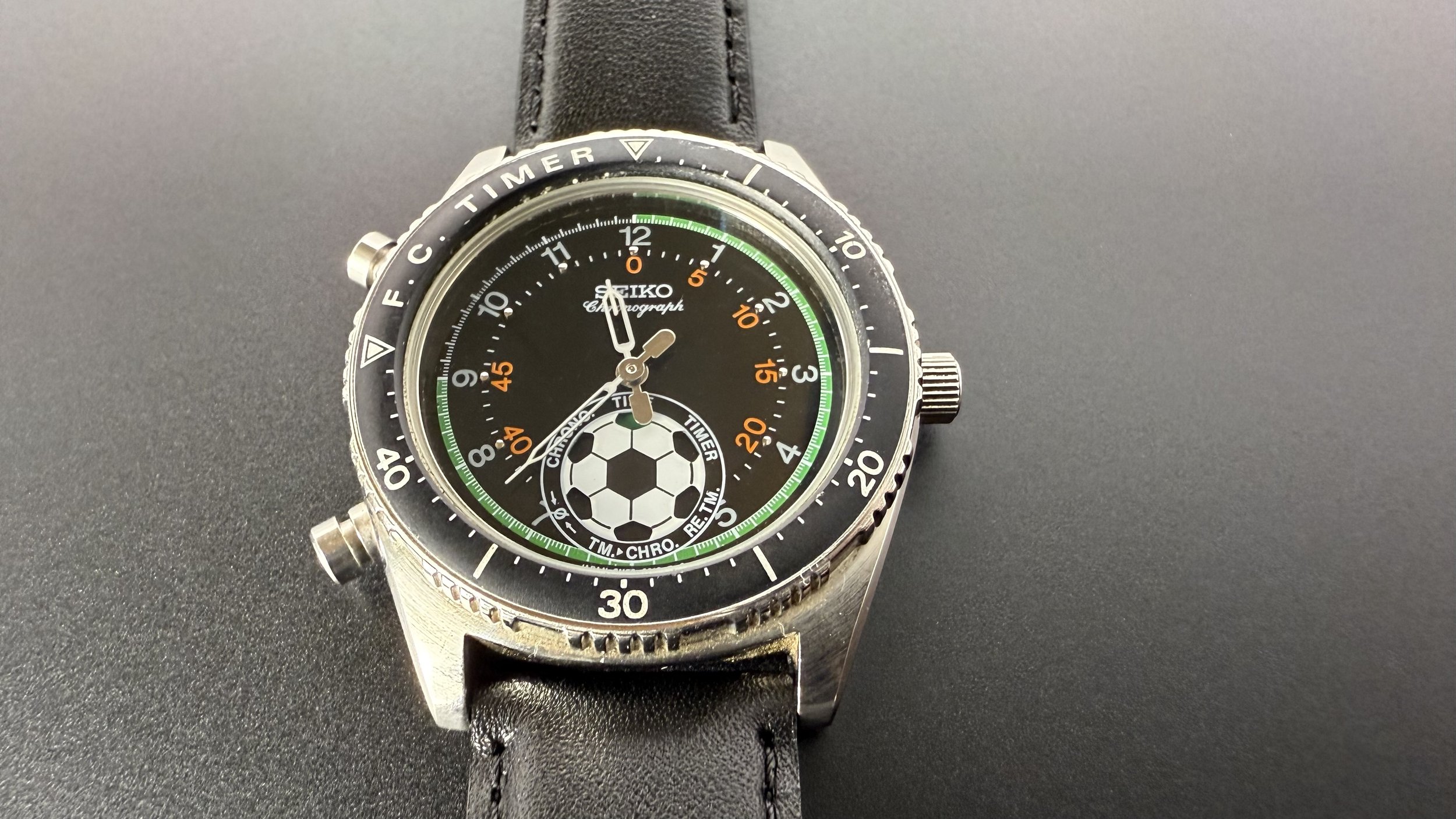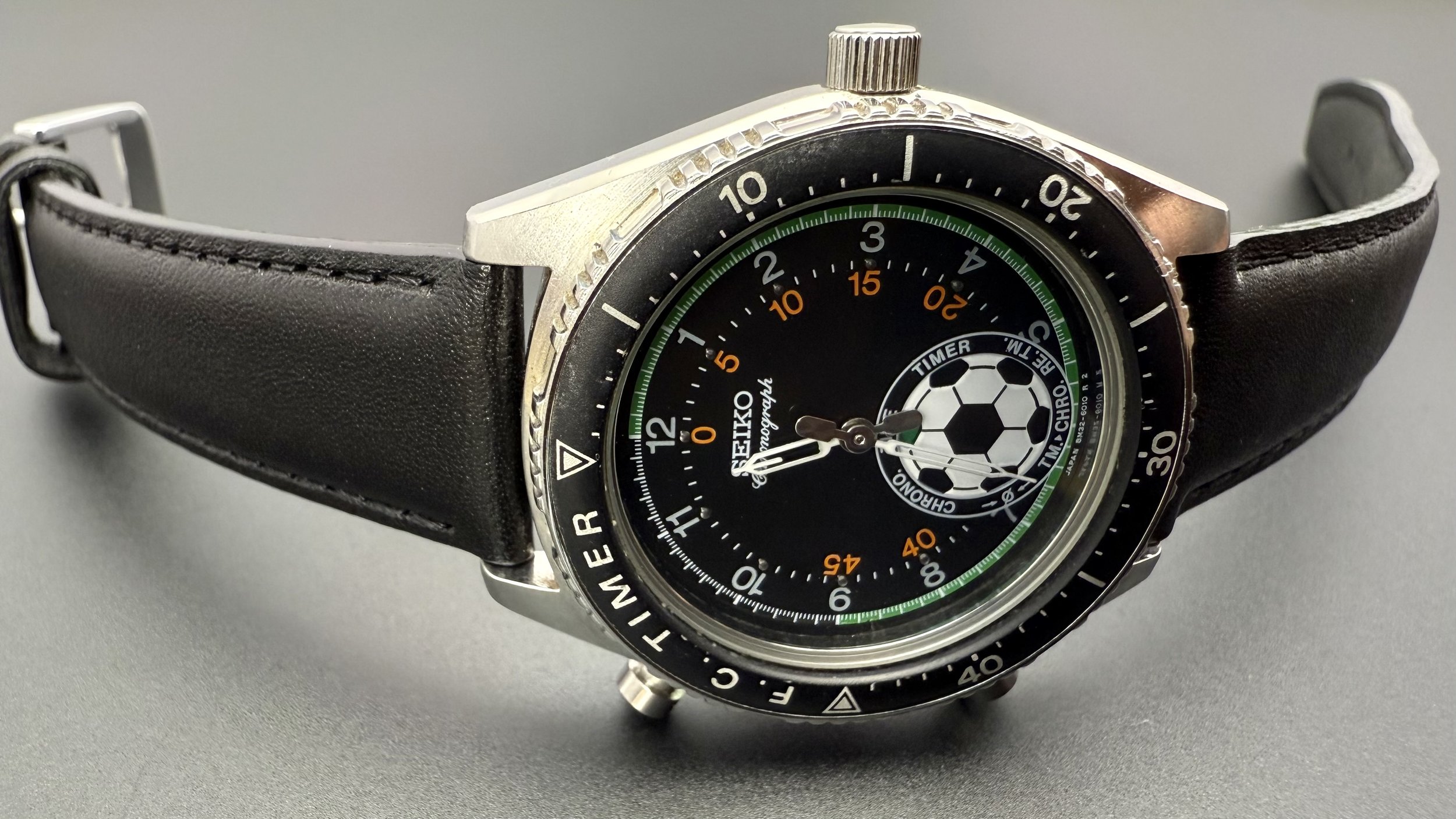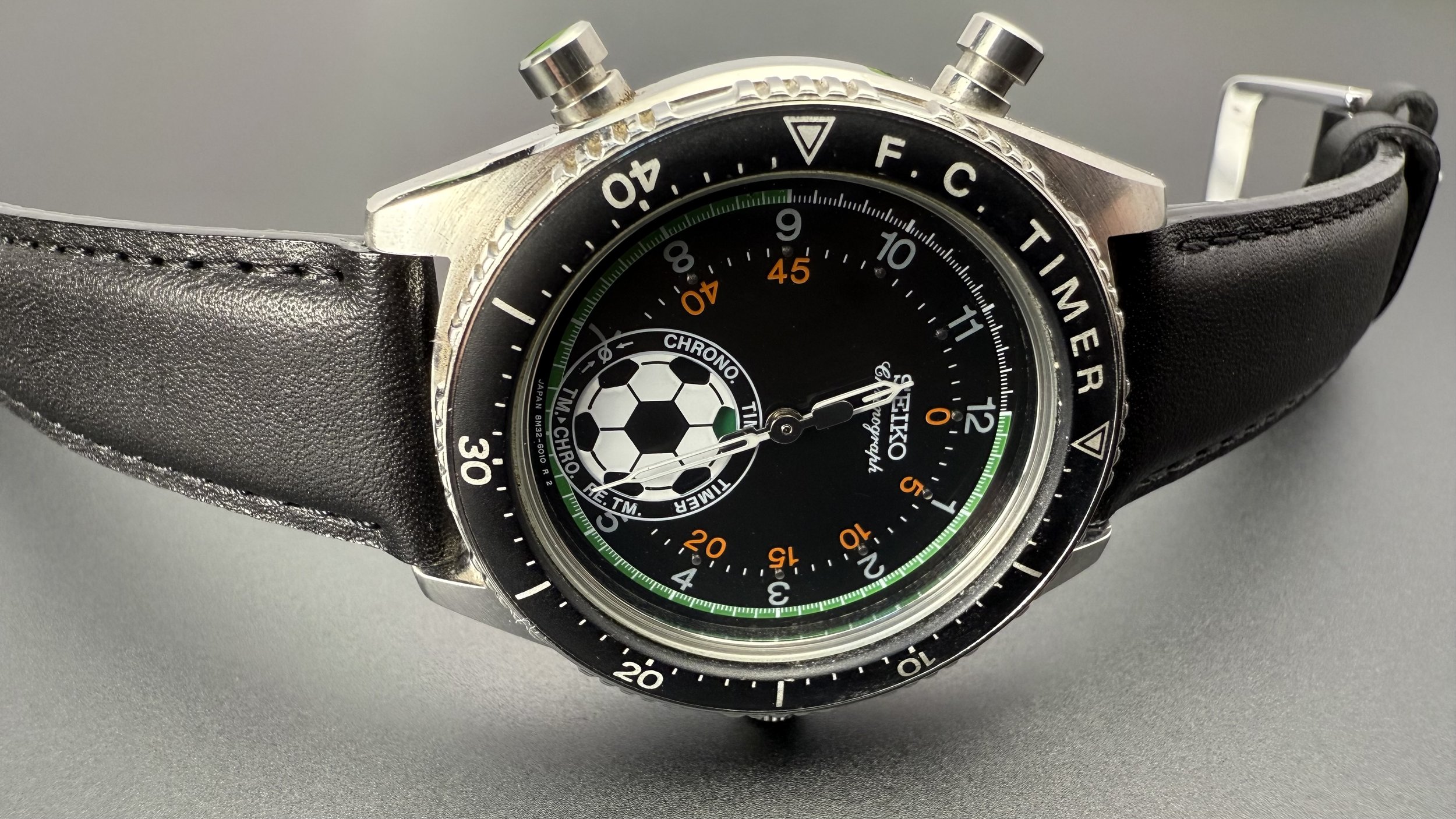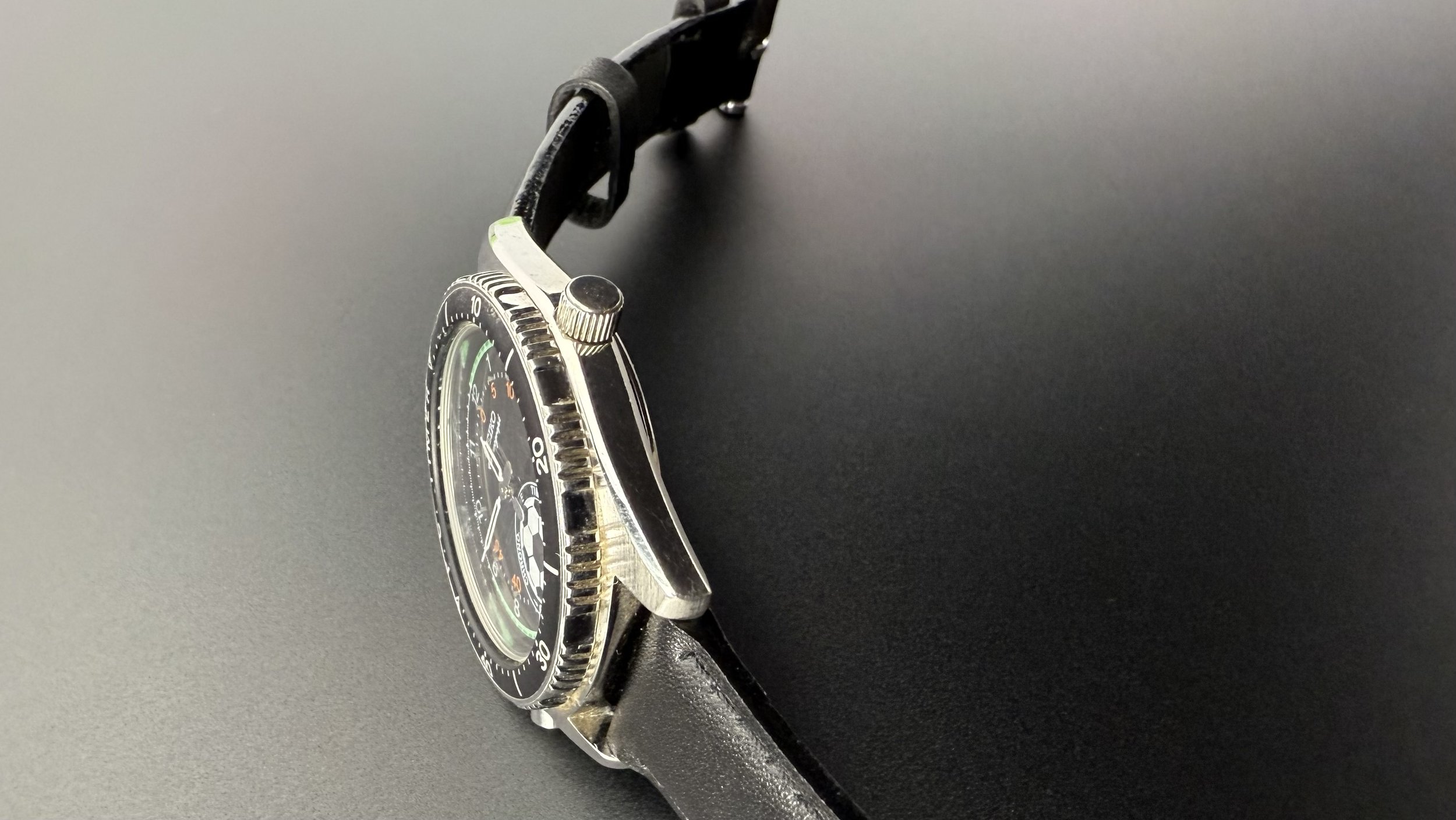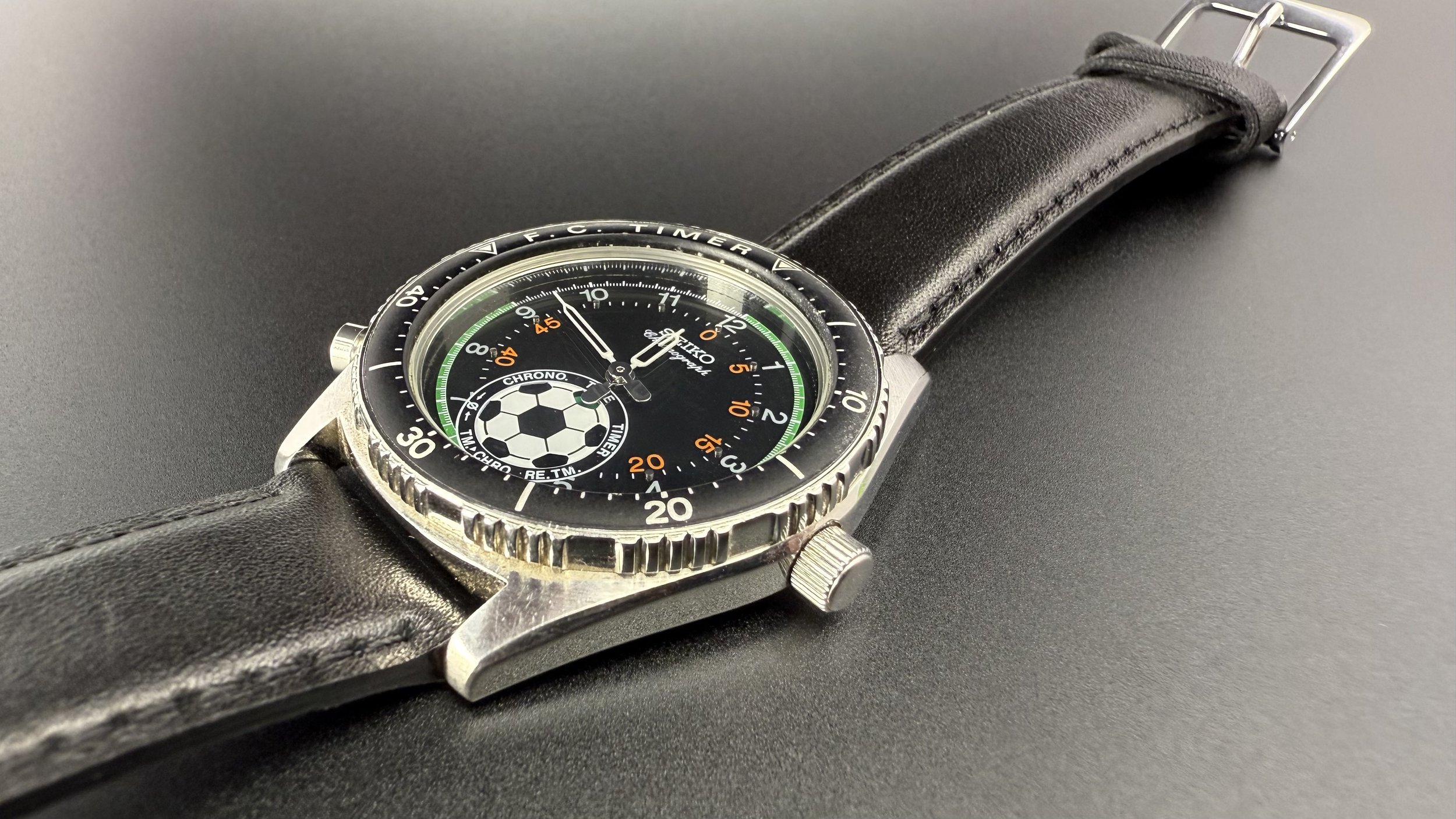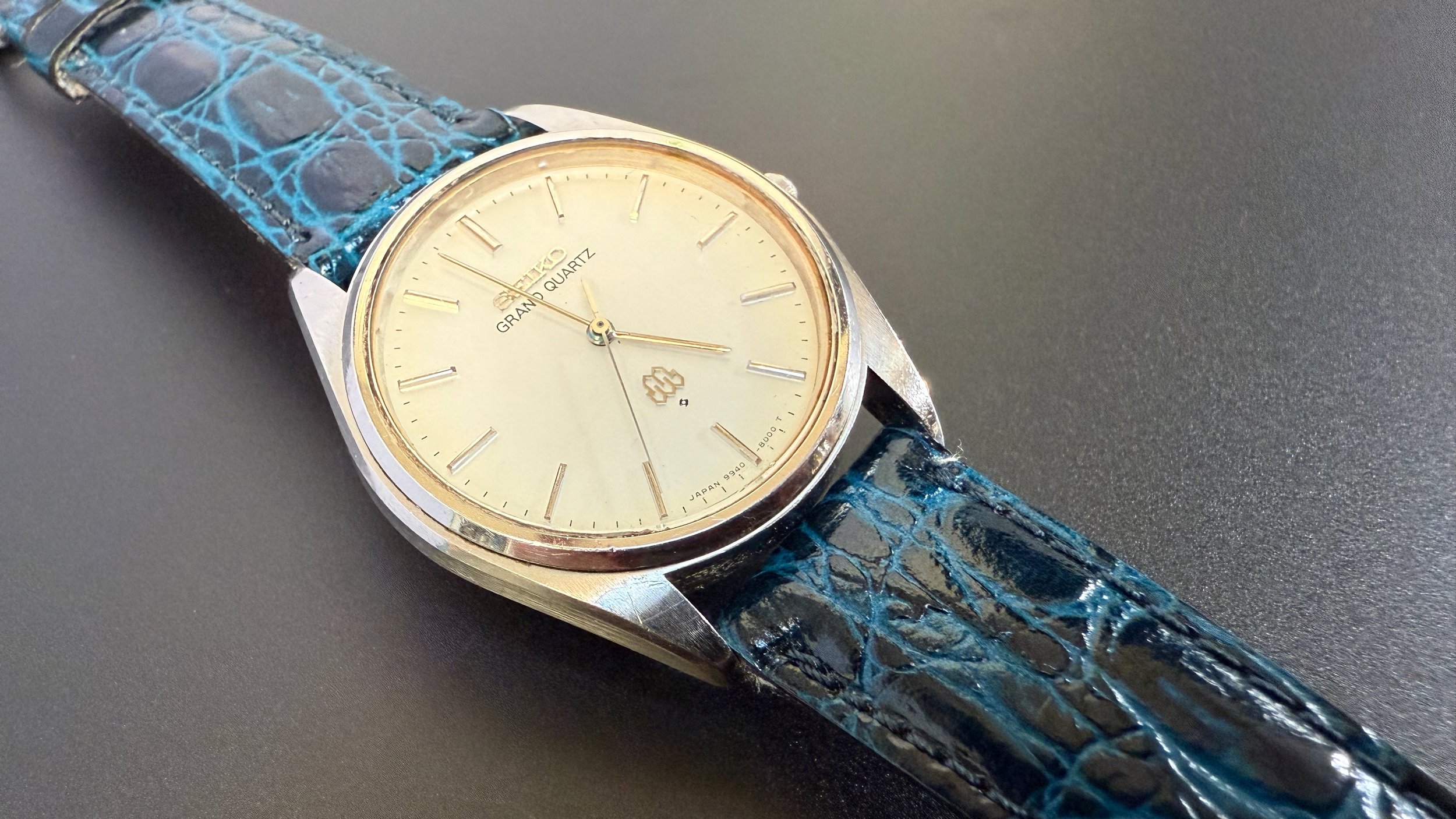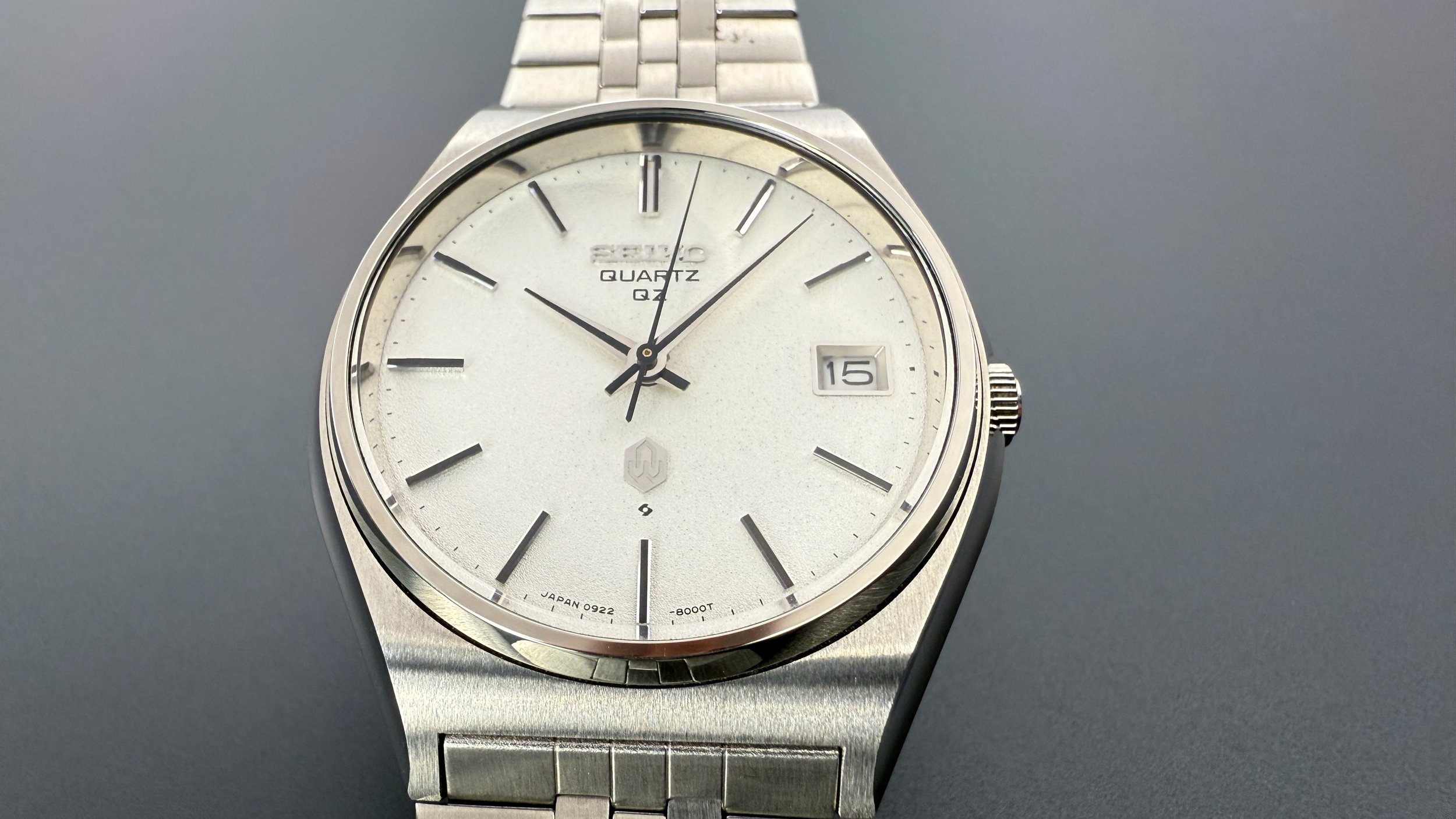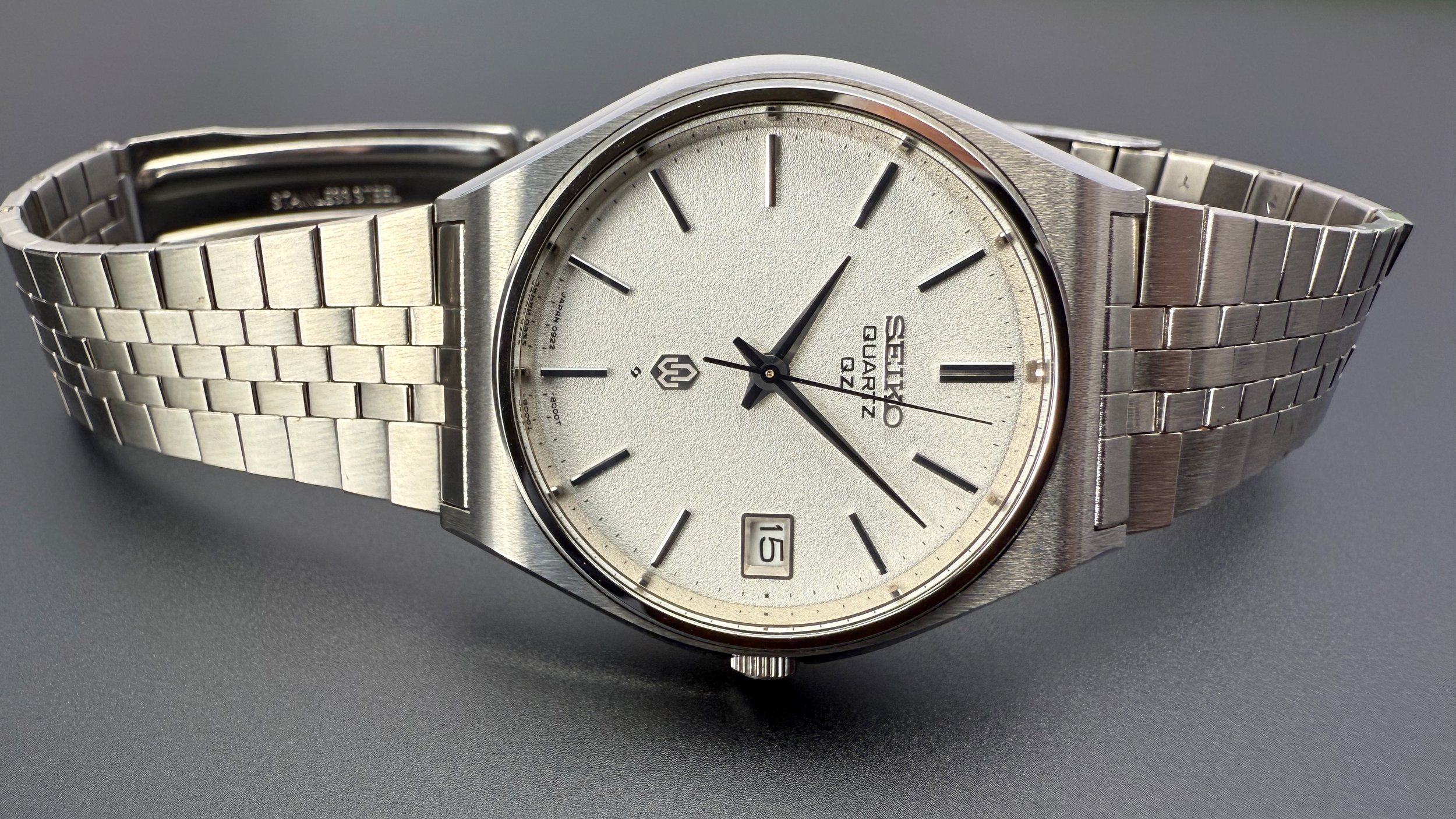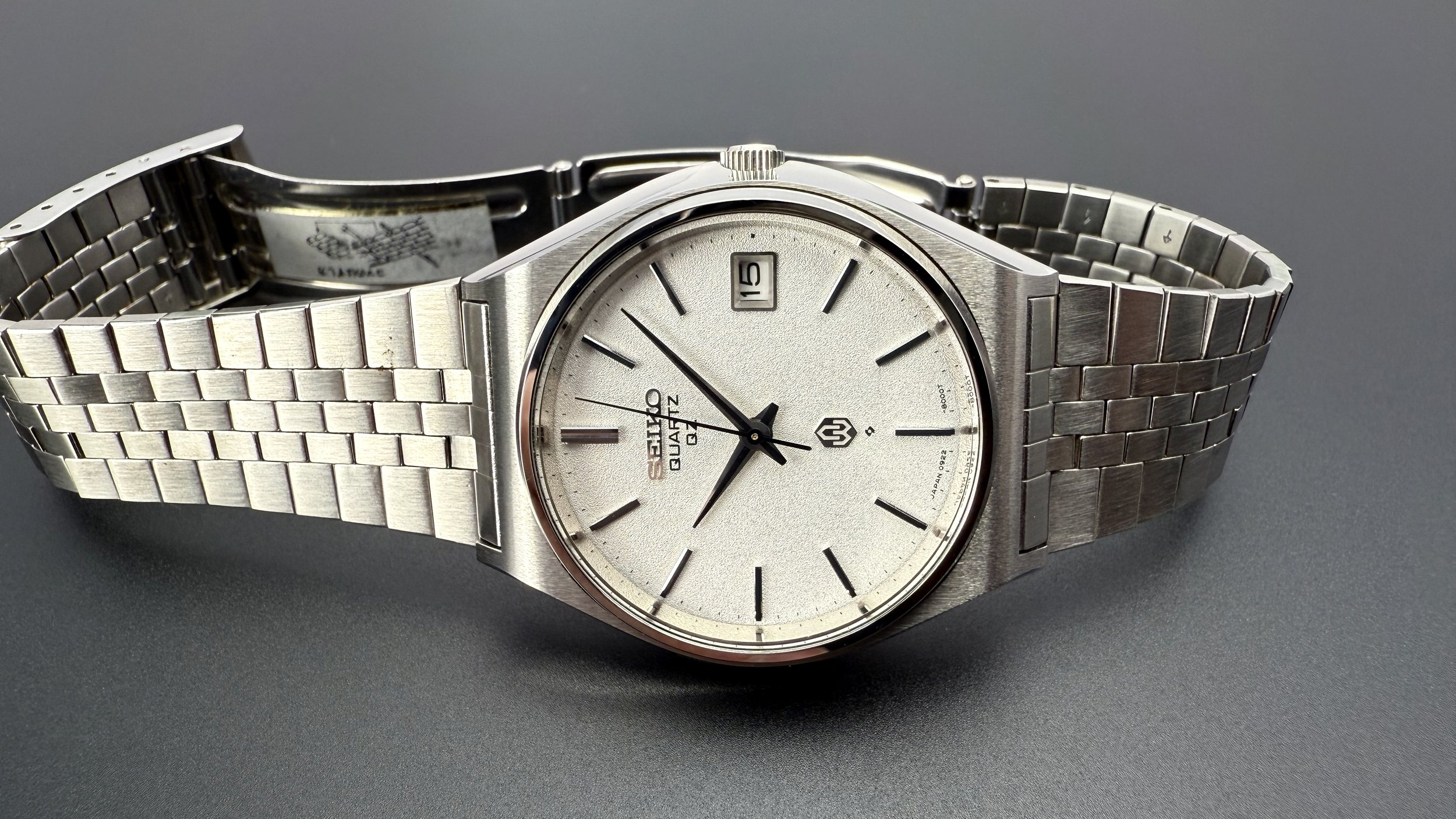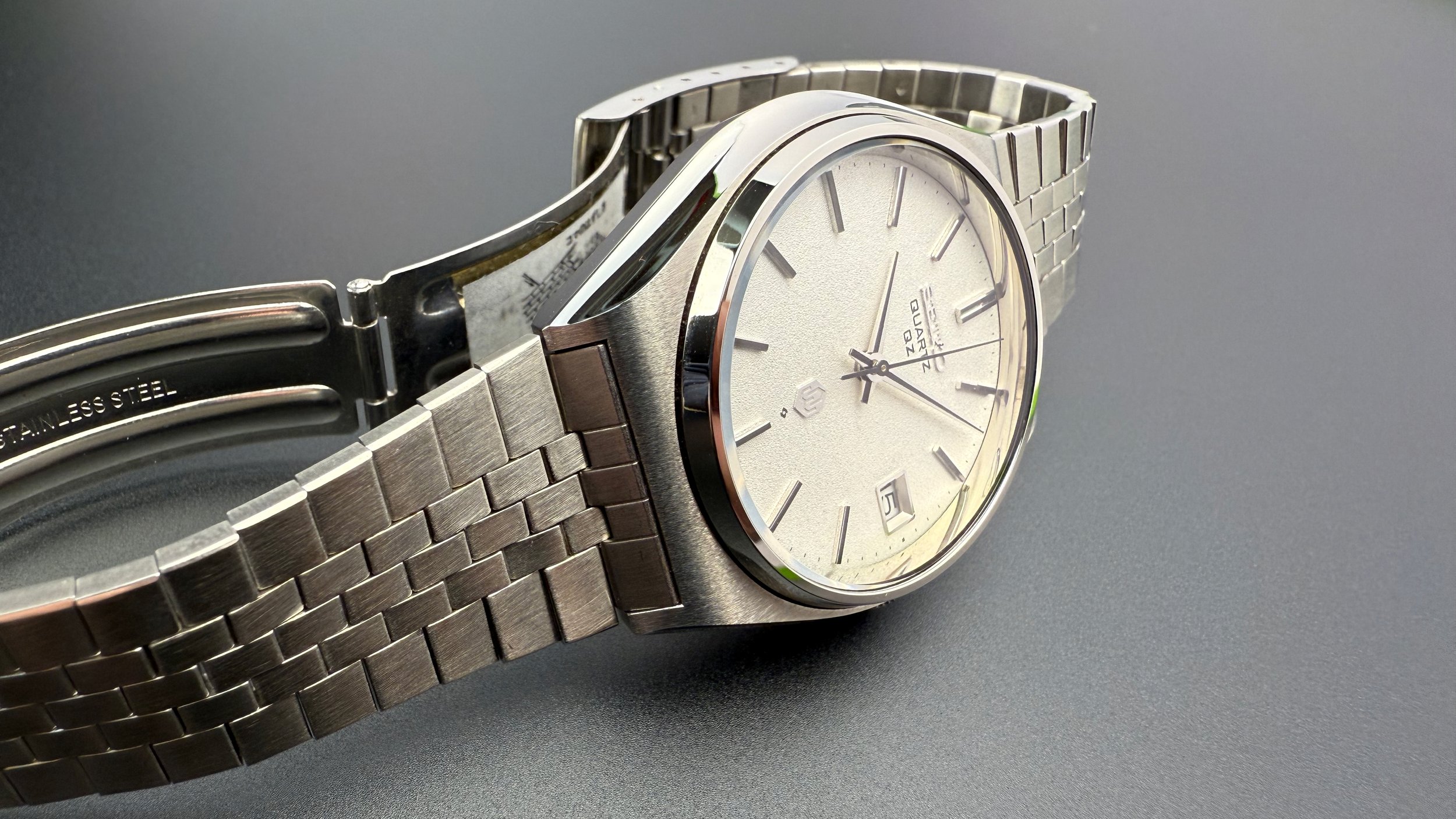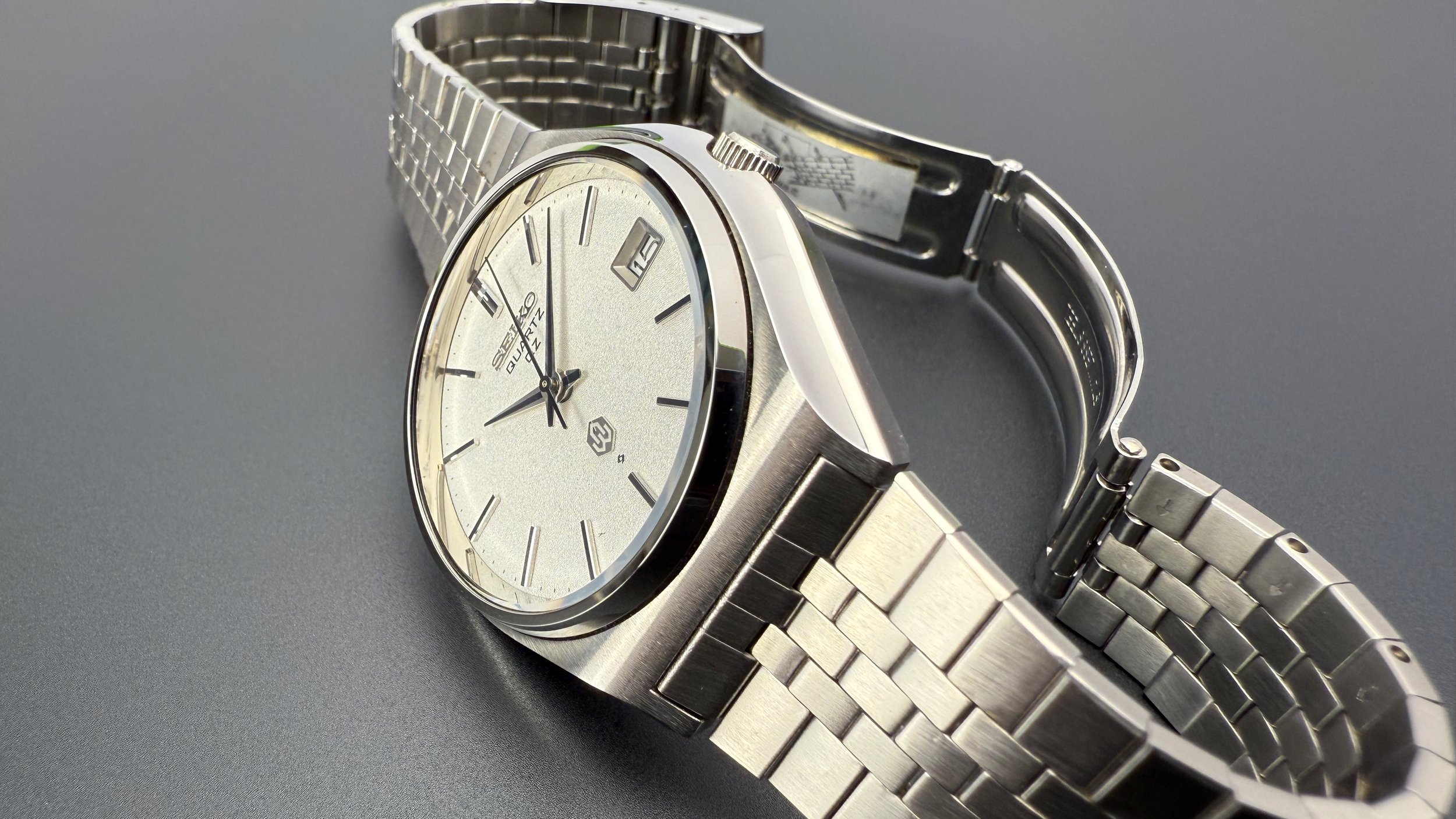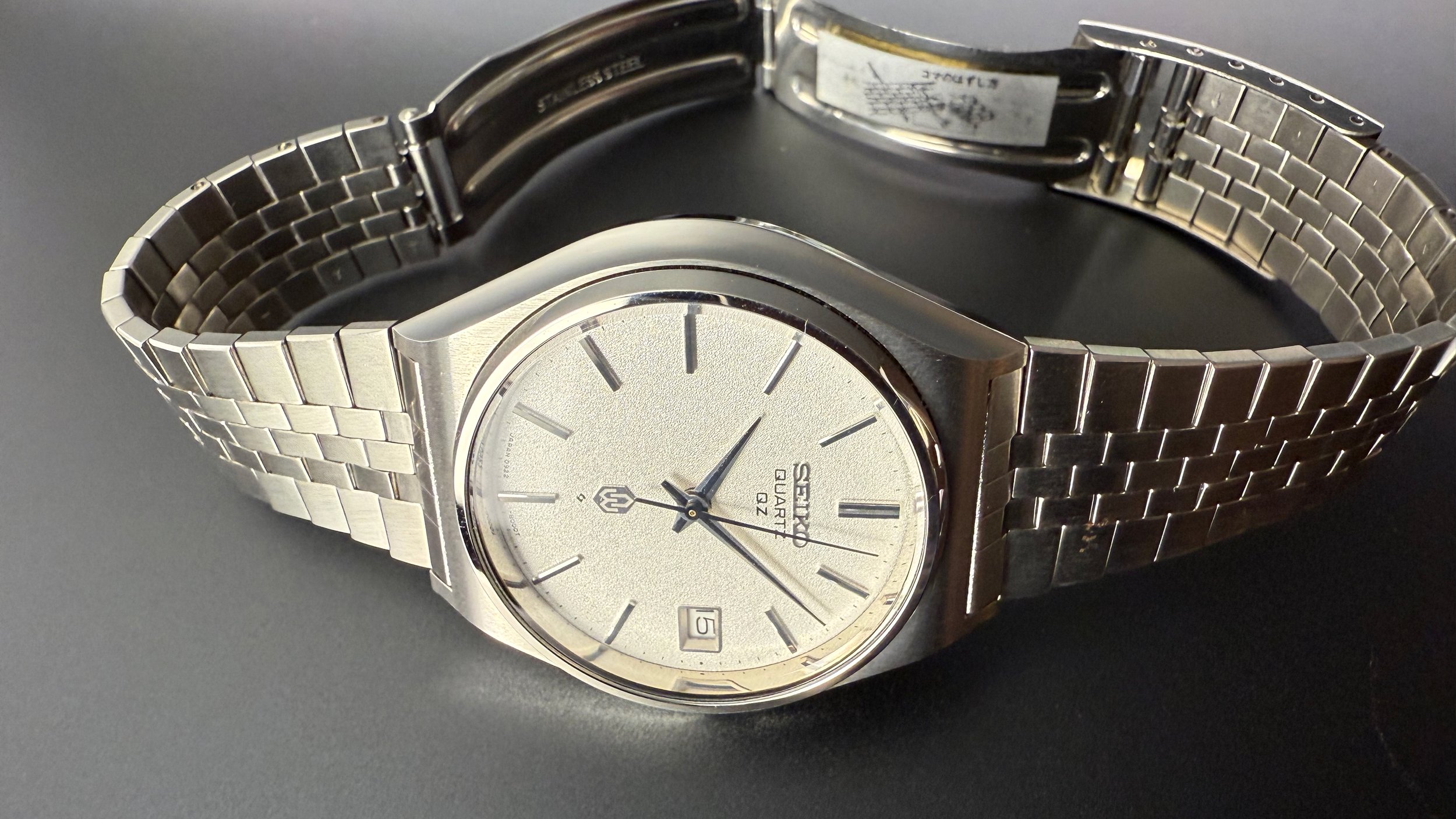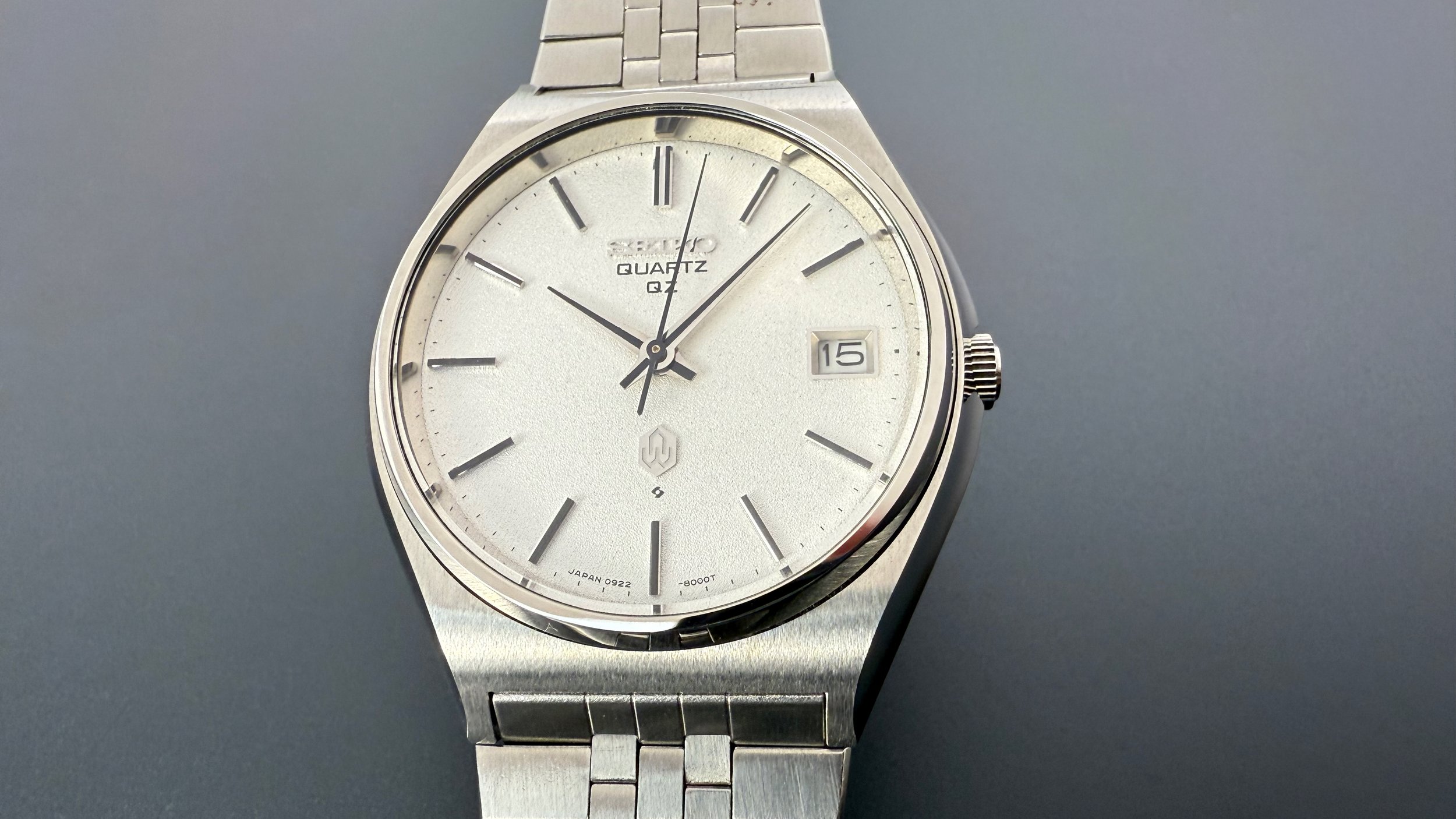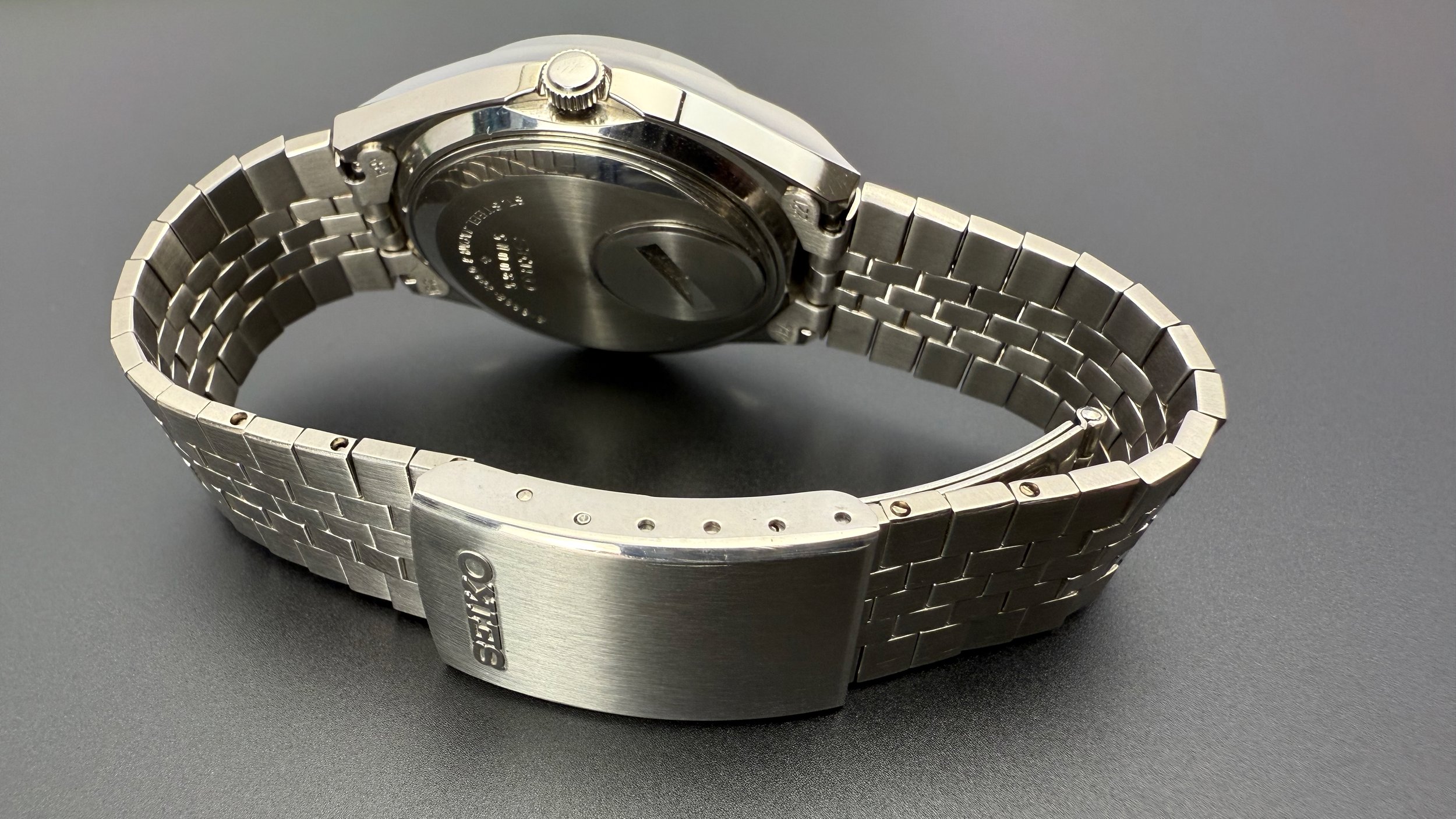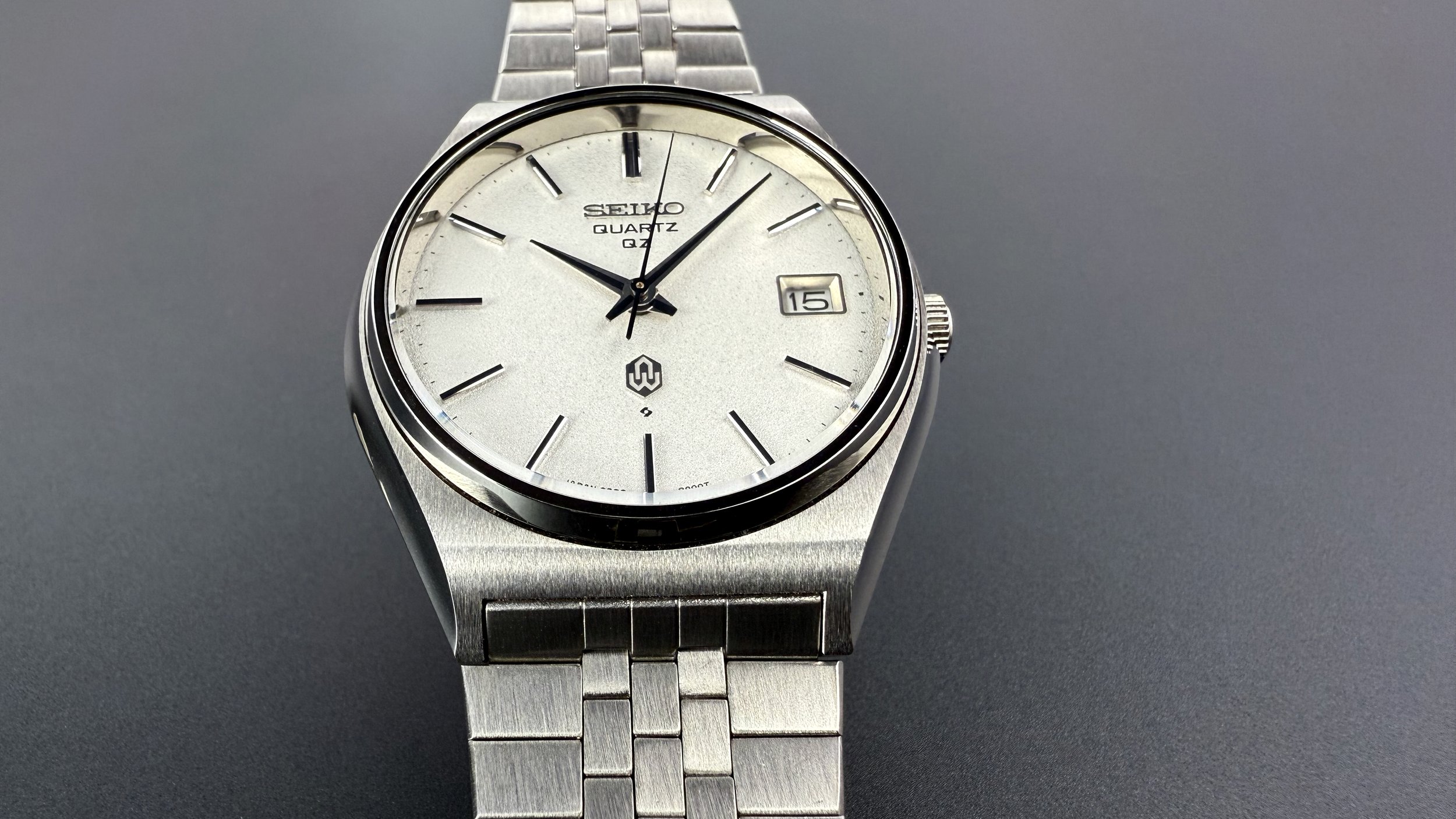Crêt D'or
Credor - in fact Crêt D'or - as a product line launched in late 1974, but at that time not as a standalone brand and not with the distinctive golden mountain crest at the 12 ‘clock position. Seiko described this line “as a world of beauty that blends the brilliance of materials in the world with the world of beauty that harmonizes with the delicate taste. It is the highest peak of the watch and the delicate silhouette shines with the elegant supreme beauty - Seiko Crêt D'or”. The 18k logo is a representation of the mountain symbol 山, modified to show them rising to meet three stars in the sky. The extension of the base and the placement of the stars form an equilateral triangle, once again resembling a mountain range.
Of course in the early 1970’s Seiko produced high end precious metal models. They were presented in the standard catalogs, but many only in the Seiko Luxury catalogs and were available only through select dealers in a similar way as the Laurel then or the Master Shop models today.
When the branding changed to Credor exclusively in 1980, it showed Seiko’s commitment to establish a luxury line equaling Grand Seiko. The majority of watches were branded as Credor, with a small number of Seiko branded models. None of these watches however featured the new logo.
In 1981 the first 4 watch models are shown with the Credor mountain logo, the silver dialed KEL 130 and smaller KSR 090 and the golden dial KEL 144 and smaller KSR 104.
Credor today is a very well recognised brand, however only recently outside of Japan. Credor always represented high level craftsmanship with unique design styles, incorporating precious metals, precious stones and unique design twists found nowhere else. The Eichi II and Fugaku are excellent albeit prohibitively expensive examples. Vintage models fortunately tend to provide astonishing value for the amount of money spent on them.
Credor and Grand Seiko
Knowing Seiko there is always a conection between high end models, the caliber 8J was therefore used both in Credor and Grand Seiko. The Grand Seiko SBGF with the 8J movement in general was produced from 1996 to the end of 2010, with model SBGF029 alone representing the caliber in 2009, as far as can be established. Different models saw the light of day but all were eliminated in 2009, sadly they were not produced in the same numbers in all years, as the other calibers like 9F. Some models are therefore pretty rare these days.
So, Seiko dropped the Grand Quartz brand in favor of Grand Seiko, with GS on the dial. In reviving GS as a quartz collection in 1988 with aliber 9581, it was necessary that they achieve the summit of accuracy once again and therefore among other endeavours eventually the 8J was used from 1996 to 2011, until 9F was launched as a Grand Seiko only movement.
8J better than 9F?
The 8J movement however with thirteen GS models representing the line is considered within Seiko to be one of the very best quartz movements, much better than the well known 9F and much more stable and accurate. It was expensive to produce and parts of the design made it hard to fit into thinner cases. The more cost effective 9F movement on the other hand is less stable, not so resistant to temperature and magnetic fields and costs about 30 percent less to produce than the 8J. But, importantly, it is thinner, and uses more common parts, therefore the frame can be used for a number of other movements and watches.
In the end the 8J is, without a doubt, the most robust high accuracy quartz movement ever made. Even the fact that it had to be thicker works in its advantage resulting in even better thermo compensation performance.
The information coming from internal specs from Seiko in Japanese, on the 8J and 9F movements, is universal, saying the 8J was the last “cost be damned” very robust movement they did. The internal feeling is the 9F is less robust, less accurate, less shielded, and, yes, some of them scoff at the lack of an independent hour hand with which one easily adjusts to other time zones on the 8J5’s (not the 8J8’s).
Another fun anecdote is that the very high accuracy +- 5 second twin quartz movements that went before, were extremely expensive to produce and were not robust in field use. Their biggest problem was they tended to get fried if worn in hot baths or shower rooms - a real issue here in Japan where the harried salary man has his watch with him in the after work Sauna to benchmark the last train. The 8J was the answer to those real concerns.




